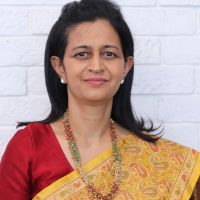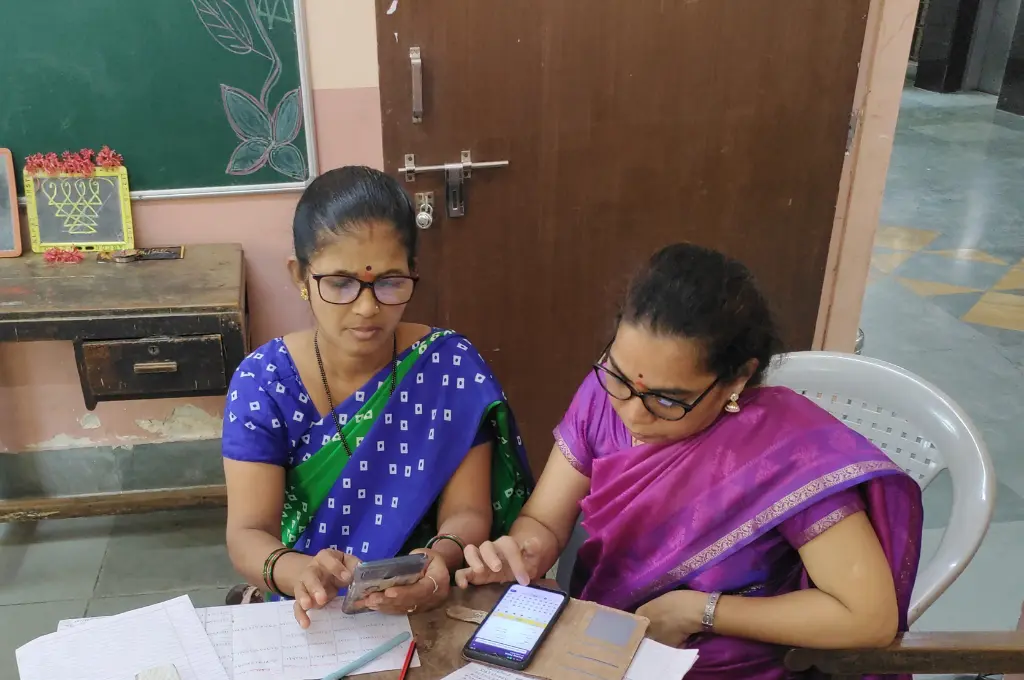Digitisation, or the use of digital tools, can help organisations collect, manage, and share data in an easier manner. It can also streamline daily operations, making them less cumbersome and much more scalable. This has been seen across industries in India—banking, retail, insurance, entertainment, and travel—and is also applicable in the social sector.
When executed strategically, the digitisation of core processes is the first step towards a nonprofit’s digital transformation. For nonprofits, this can improve not only operations but also programme outcomes. Digital transformation has a significant impact on organisational culture as well: It can make the nonprofit more data-driven, fostering greater transparency, accountability, and numerical integrity. Since donors view digitisation in a positive light, it’s also advantageous when trying to raise money.
While the benefits of implementing the right digital tools are immense, the path to transformation is not easy. Koita Foundation has worked with more than 20 nonprofits on building tech solutions, such as digitising front-end field operations and building management applications as well as business analytics platforms.
Based on our learnings, here are six essential factors for a successful digital transformation.
1. The CEO should be committed to digital transformation
For technology to be effectively deployed in a nonprofit, the CEO must have a vision for the organisation’s digital transformation. This is important for motivating the entire team, particularly the programme personnel, and ensures that everyone works towards the same goals.
In addition, the CEO’s ongoing and visible commitment is essential—there is no substitute for this. This involves being part of key decisions during the design phase and driving or actively reviewing the initiative during the implementation phase and beyond. Most technology projects fail when teams don’t comply with new business processes—a problem that only the CEO can address.
One important thing we have learned is that the CEO should insist on reviewing only system-generated data and reports after the new processes are live. This is only possible when all the team members use the system in the right way.
Uma Kogekar, CEO of CEQUE, took this approach during the organisation’s digitisation journey. Besides reviewing only system-generated reports, Uma would call on team members to do a show-and-tell—this got them to reflect on what the data was showing them, and what insights they could gain from it. It also created a higher degree of awareness among the team members and ensured that they used the system effectively.

2. Identify the right areas for the first phase of the transformation
Digital transformation is a multi-year, multi-step journey. Therefore, picking the right area for executing the first phase is critical to achieving the desired results and creating momentum for the subsequent phases of transformation. The first phase of digitisation should be big enough to yield tangible results, but not so large that it takes too long to deliver any results.
Based on our learnings, we believe that this initial stage should focus on digitising ‘front-end’ processes—that is, those involving frontline workers and the communities being targeted—in areas where technology can have a visible and tangible impact. Also, this phase should be scoped such that the results are delivered within six to nine months.
Antarang Foundation’s CareerAware programme is a case in point. Antarang conducts psychometric testing with students from grades 10 and 12 to help them figure out a suitable career path based on their aptitude and aspirations. Since the entire process was manual, they were able to conduct this exercise with only 3,000 students per year.
By using technology for collecting student information and developing an algorithm for generating career recommendations and reports, Antarang was able to scale its programme by 10X to serve more than 30,000 young people in just over a year.
3. Refine existing processes before digitisation
Organisations often have certain inefficient processes that evolve and become embedded over time. It is important to identify and revamp these processes before building new tools. For example, in one of the nonprofits we worked with, the field team would scan handwritten forms and send them to the head office for data entry on a monthly basis. While the new system was being developed, this process was reworked such that data uploads started happening daily or weekly. This change required working with the field team and changing the approach to data even before the new system was ready.
Similarly, we worked with Vipla Foundation on introducing a new scoring mechanism for evaluating the performance of students enrolled in balwadis. This new mechanism also helps the Vipla team monitor the success of their programmes.
Streamlining processes is, therefore, as much about simplifying existing methods as it is about introducing new, tech-enabled ones. Without this step, you would just be digitising a clunky process, which in turn could render the digital process inefficient.
4. Actively involve end users in the design and development phase
New technology products usually face significant adoption issues when they do not adequately meet user requirements. Often this inadequacy is due to a lack of engagement with end users during the design phase. So, it is essential for the team to articulate their technology-related requirements clearly. Since end users closely experience these issues, their feedback should be incorporated into the design during the initial stages. In addition, the project team should ensure that mock-up screens of the application are shared with and vetted by the end users. This approach not only enables the development of a better application, but also creates positive expectations and excitement in end users even before the application is built.
5. Build ownership across the organisation
Putting together a strong cross-functional team is crucial for digital transformation. The team should be headed by a strong leader who has a deep understanding of business and operations and is forward-thinking. Other members of the core team should be drawn from other parts of the organisation to drive different aspects of the project: getting the requirements right, end-to-end design, interacting with vendors, and implementation and user support.
6. Plan for a phased implementation and post-implementation support
Once your tech solution has been developed and tested, it is time to roll it out. A detailed implementation plan—one that factors in the needs of different user groups working across programmes and geographies—is important at this stage. The implementation plan should include user training, data migration, procurement and setting up of relevant hardware, and so on.
Post-implementation engagement through regular Zoom calls or WhatsApp groups is also necessary and should include both technology team members and end users. This enables the former to learn about and resolve end-user issues in a direct and timely manner.
Another best practice is tracking the usage of apps and giving due recognition to team members who are driving initial usage. At Vipla Foundation, for instance, team members who were using the apps the most enthusiastically were rewarded in a felicitation ceremony that celebrated the collective success of all users. Identifying ‘strong’ users who can champion the app or digital product is also a good practice—these ‘champions’ can spread the message among their peers and boost adoption.
Digital transformation is a vital strategic lever for driving performance and scale and should be a priority for the CEO and leadership team. Solutions that are thoughtfully designed, developed, and implemented can create genuine, long-term impact for a nonprofit.

—






